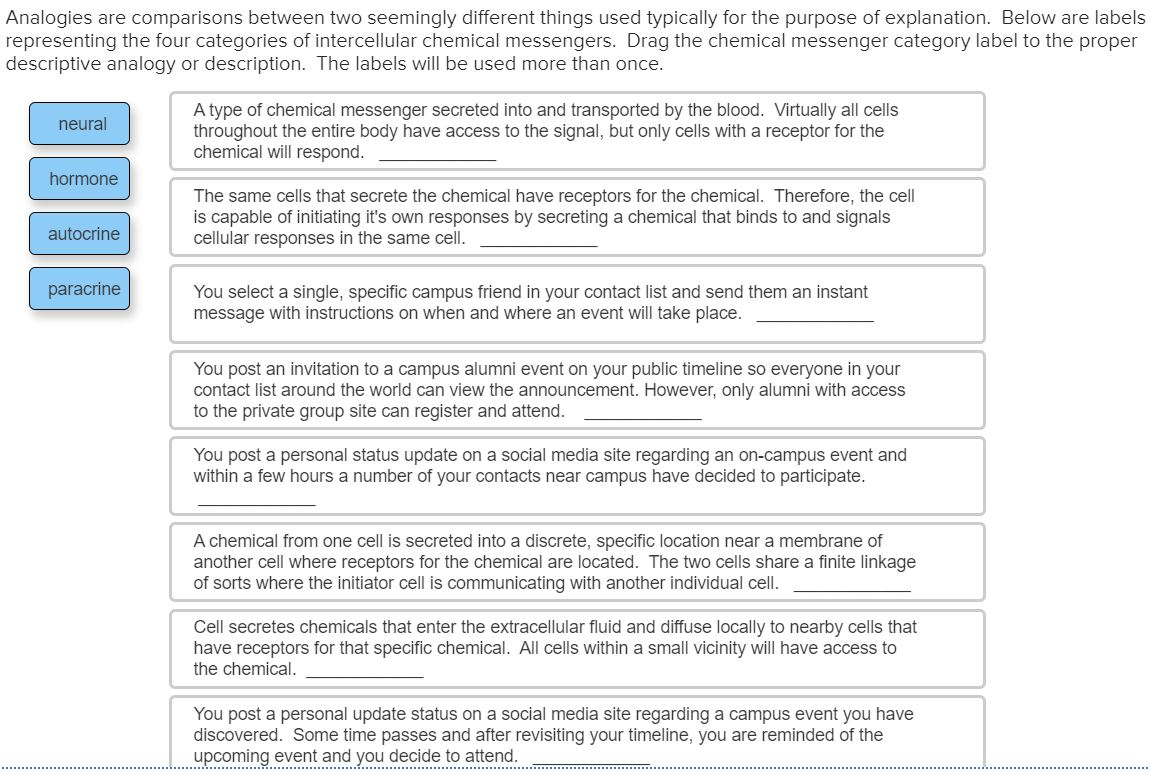

You can diversify with PowerPoint’s column charts to include multiple levels and colors, to explain more complex data. Although they are most frequently used to display changes over time, they can demonstrate the relationship between any two data points. They are immensely valuable for displaying changes over time, mainly because our eyes are trained to recognize higher or taller bars as indicating more growth, or success, or money.ĭata arranged in columns and rows in a spreadsheet can be illustrated using a column chart. These are some of the simplest, yet most useful chart types you can find in PowerPoint. If you are unsure of which chart type to use, have a look at the list below and see which suits your data best. The following is a list of the six most used charts in PowerPoint and what types of data for which they are best. Most of you probably know that certain types of data require specific types of charts or graphs, and choosing the correct display for your data is just as important as displaying it in the first place.

PowerPoint offers a wide range of data representation in the form of more than ten types of charts, graphs, and plots to cater for most data types. You can even choose to animate your displays to make the data yet more visually appealing. You can also alter, move, and edit headings and labels or color the charts to your heart’s desire. PowerPoint adds to the luxury of data illustration by allowing you to copy your data directly from an Excel spreadsheet, thereby ensuring that the graphs and charts are always up to date. The section below covers the six most frequently used chart types, and will help you decide on the chart to use. It is, therefore, imperative that you have a basic understanding of the different types of charts and the types of data best suited to each. Although data experts may be able to understand and see patterns and trends without a graph or chart, most other people cannot, and will need some illustration of the data to understand your findings.ĭata can be visualized in several ways most notably, people use graphs, charts, and plots.īefore you can consider using a chart in PowerPoint, you first need to ascertain which chart type is suited to your data, and will best summarize and display it. Secondly, visualization allows you to communicate your findings in a summarized form. Whether you are in the science, tech, finance, or marketing industries, you will need to visualize data at some stage. Compared to row upon row of numbers in an Excel spreadsheet, images make it much easier for the human brain to understand relationships and differences between data points and categories. Visualization serves a dual purpose in modern life.įirstly, it allows a better understanding of the data. Why Use Charts and Graphsĭata visualization is a vital part of data analyses and can help the speaker communicate trends and patterns in the data through images. I also elaborate in detail about the most frequently used chart types, and what data they require, so you can choose the one that best describes your data. If you are new to graphs and charts in PowerPoint, do not stress as this is a step-by-step and detailed guide on how and why to incorporate visual data representation into your next presentation. This quality is especially true when you are preparing a visual PowerPoint presentation, where a picture, or in this case, a chart, can speak a thousand words.


 0 kommentar(er)
0 kommentar(er)
